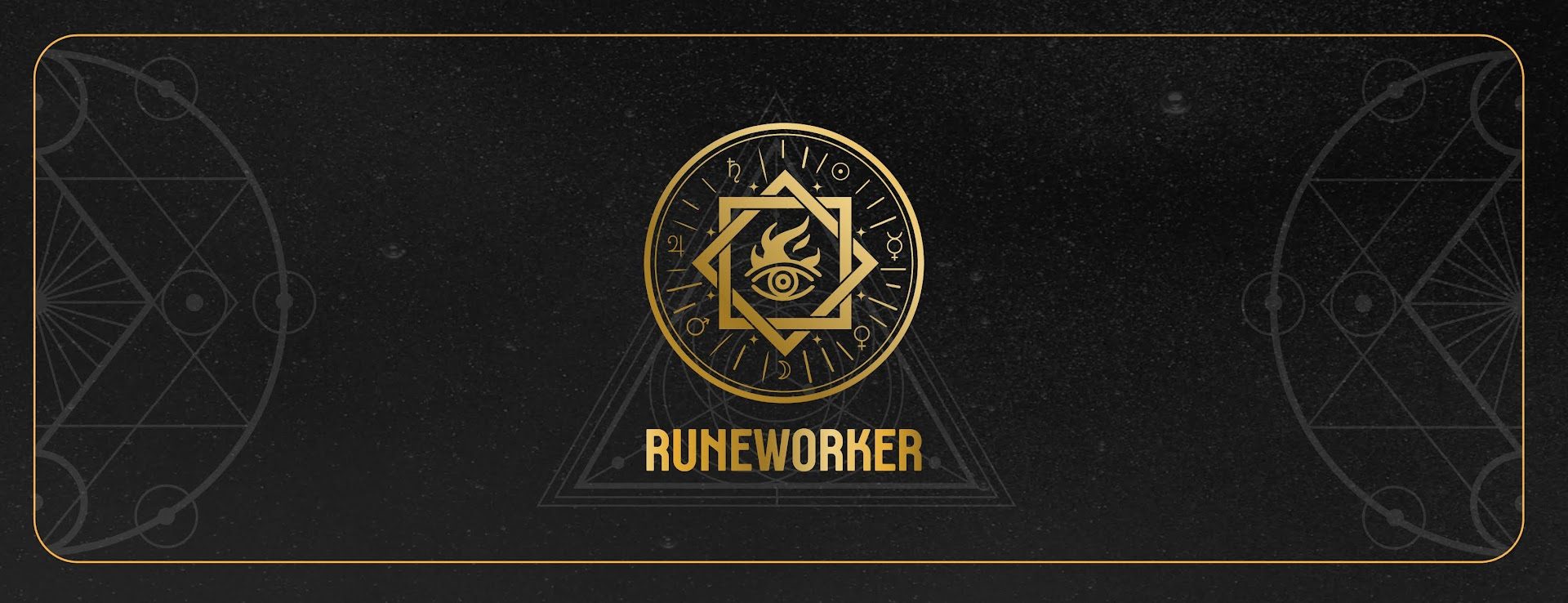One of the types of divination or fortune telling I use is called Geomancy. It is a very old method of forecasting future events, that in the medieval period and renaissance, was second only to Astrology, and in many ways much more accessible. Mainly because it wasn’t as complicated as astrology and didn’t require as much knowledge, education and well, funding in order to learn and practice it.
Geomancy’s origins are actually in what we now call the Middle East. While we don’t know exactly where it came from, the basic method was developed in those lands, and it is actually a translation of the arabic name for it that we call it geomancy. ‛ilm al-raml (a more exact translation would be the science of the sand) was translated into Greek as geomanteia, which from latin and into English became geomancy. This is of course, not to be confused with the other geomancy, which would be reading literal omens by looking at rocks, the earth, and natural events, which was included in groupings of pyromancy, hydromancy, aeromancy etc…
I came across geomancy purely by accident, seeing a book being published in my local bookstore and finding i’s cover and back interesting. It was hooked by the unusual method of doing geomancy, compared to the familiar methods of cartomancy using Tarot and playing cards, which parallel reading and casting runes in some ways, and many other methods of divination. In a sense, the more comparable, but in no way the same, methods would be I-Ching readings, divination using astragalli, or knuckles bones, or diloggun.
Later, this method of divination would fall out of favor, and as playing card games arose, it would be forgotten almost completely. However, as only medieval manuscripts would be translated, the plethora of geomancy books that were written would ensure that it would be noted. With the occult revival of the 19th century, this caused geomancy to be revived in a limited scale. The Order of the Golden Dawn actually had a means of practicing geomancy as a means of divination, and it’s pamphlets that initiates received detailed the complicated process of making a set to practice geomancy, essential creating a ritual sandbox where marks would be made and formed into a reading. However, those early translations were often very mechanistic and lacked the depth that later translations would provide, and so this geomancy would be often overlooked. Although interestingly, an often overlooked source of geomantic education was the much recommended Mastering Witchcraft by Paul Huson, which in its first chapters on divination described a simple method of casting a geomantic chart and the meanings of the signs, although without much detail beyond that.
There are now many more books about geomancy, and quite a few academic publications about it, from a history of the occult perspective, to understanding it culturally in its different iterations around the Middle East and Africa, and more. If you want a practical manual that can help you get started and give detail to really work it, I recommend The Art and Practice of Geomancy by John Michael Greer. I also run a group on Facebook called Geomantic Campus, which has various files of translated works describing Geomancy to those who are interested, among other things.



